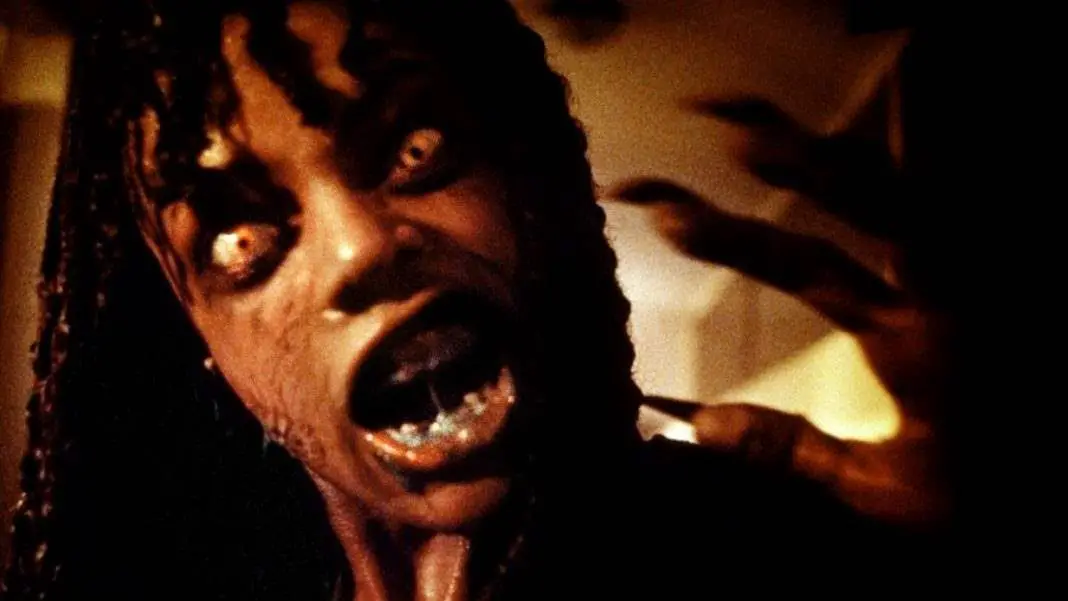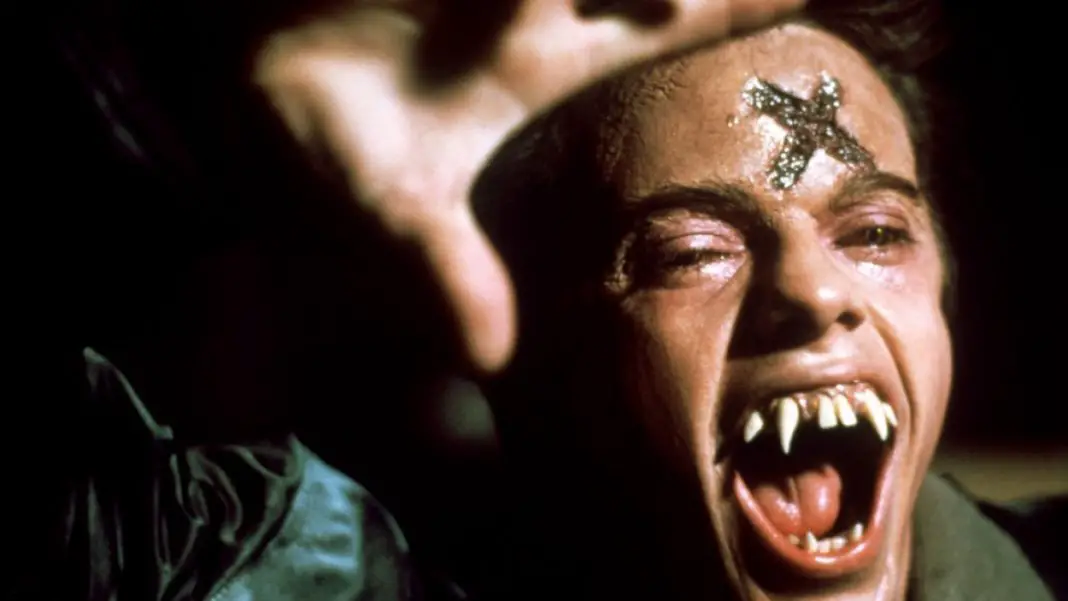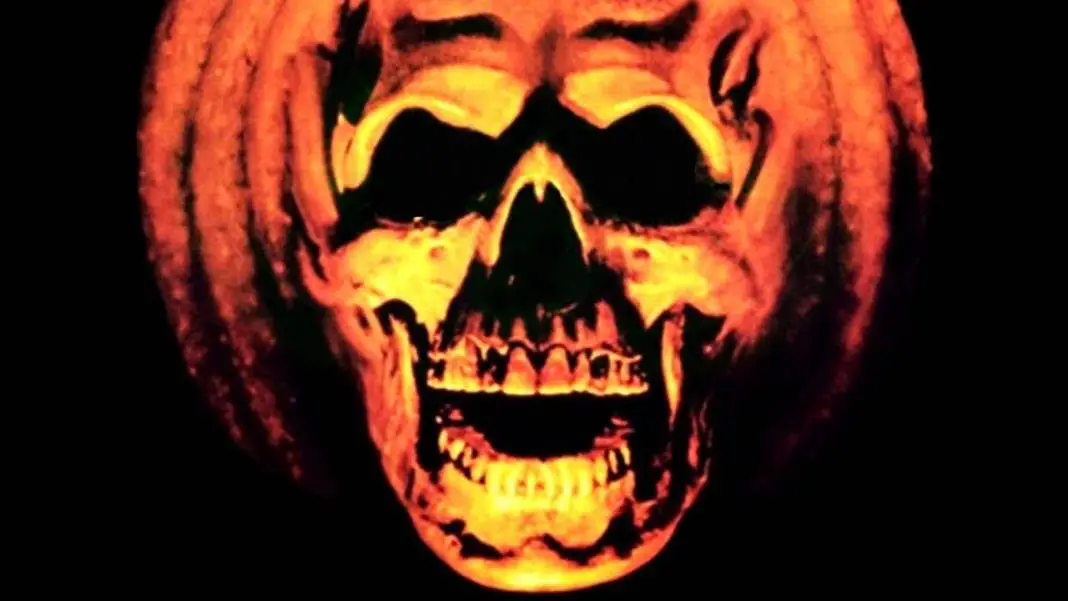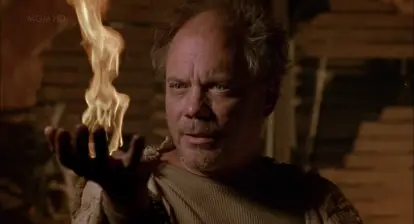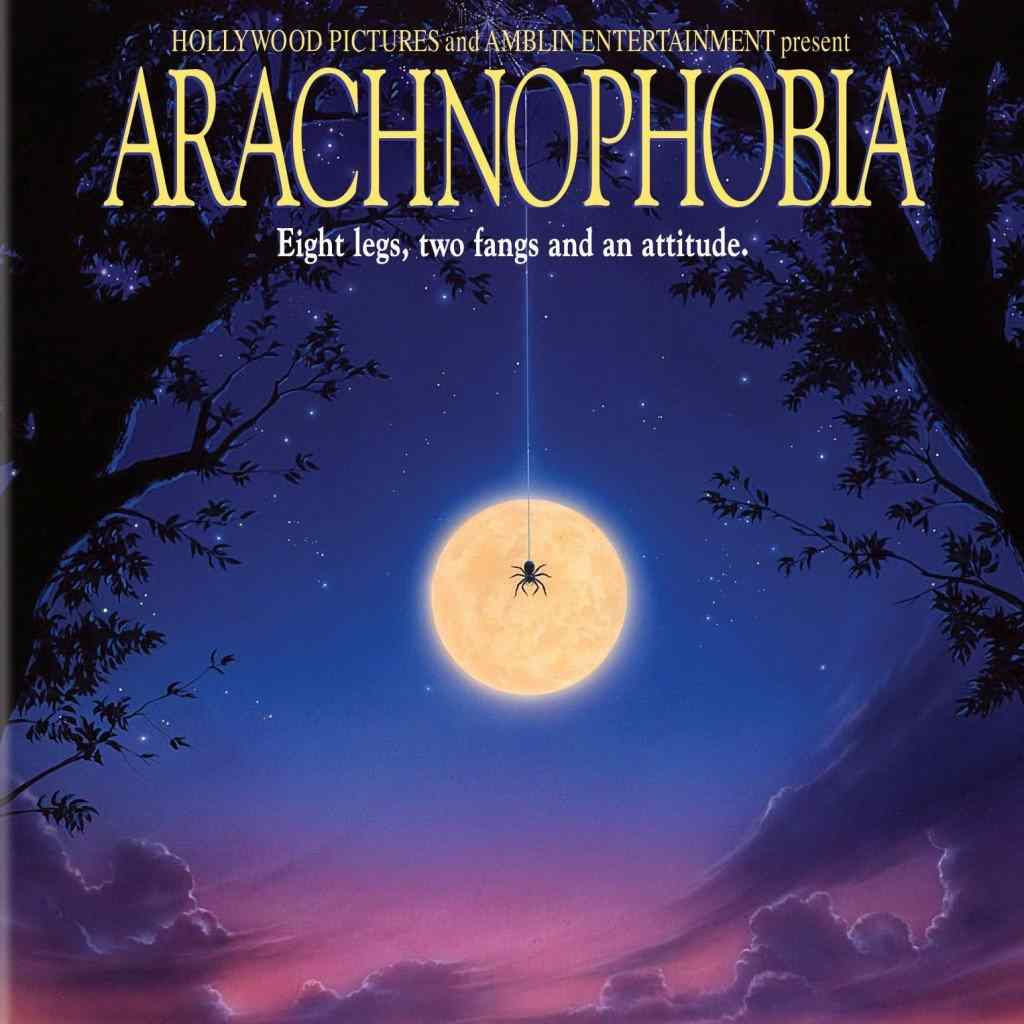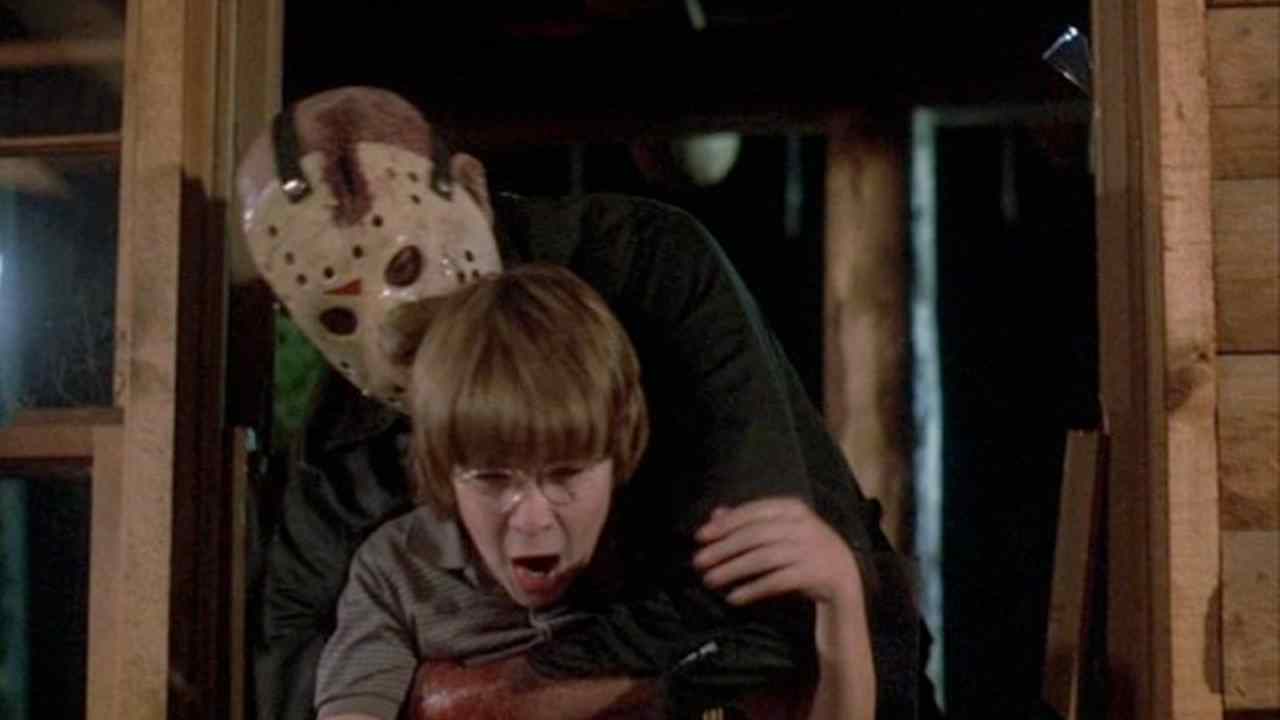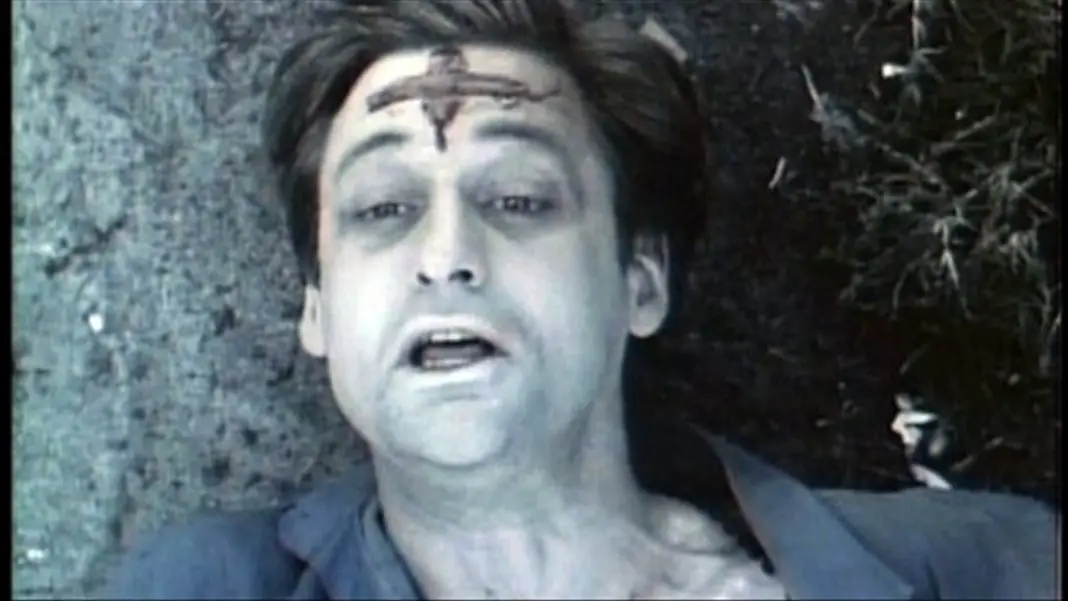In the 1980s, the horror genre experienced immense cultural backlash. Parents groups, religious groups, critics and especially censorship committees fought back against the genre as hard as they could. They called for several films to be banned, some successfully. The MPAA made notorious cuts to some of our favorite horror classics of the era, many of which have never been restored. It was a nightmare. Horror became a dirty word. Violent features were almost universally condemned.
This ironically helped a lot of young people to become fascinated with the genre because it was so taboo. Horror was forbidden and therefore kids wanted to know what they were missing. But that didn’t make it any easier for the writers and directors battling the MPAA and then suffering the outrage from parental groups and he media when they were just trying to get their next movie made.
There was this idea that the theater was not a safe place. That bad things happened there when you were left in the hands of an untrustworthy filmmaker. John Carpenter, Wes Craven, Clive Barker, Tobe Hooper—people truly believed that these directors were assaulting and trying to hurt their audience. Trying to warp and corrupt the minds of their audiences.
And that’s where Demons comes in.

For that reason alone, it makes sense why Demons had to come along when it did and had to be made by the people who put it together. Neither Dario Argento nor Lamberto Bava have ever been known for their subtlety. If anyone was going to tackle the cultural condemnation of horror head-on, it makes perfect sense that they would be the ones to do it.
Demons tackles all of the issues people had with horror, all of the ridiculous arguments that were used to condemn it, head on. It goes flying toward these beliefs on a motorcycle, wielding a katana as it attempts to slice through them. This is a movie in which a violent horror film is shown to a seemingly randomly selected screening audience, then actually corrupts them and turns them into monsters. The metaphor is so obvious, but in being so obvious, it’s also so pure.
 One of my favorite things about Demons is that the horrific movie that the audience is subjected to winds up being tamer than the one they’re actually in. Once the possession kicks in and people begin transforming into demons, the shit really hits the fan. It’s nothing but pure mayhem. This commentary on violent media becomes as violent and gratuitous as any of the things that had already been condemned by that point in the decade.
One of my favorite things about Demons is that the horrific movie that the audience is subjected to winds up being tamer than the one they’re actually in. Once the possession kicks in and people begin transforming into demons, the shit really hits the fan. It’s nothing but pure mayhem. This commentary on violent media becomes as violent and gratuitous as any of the things that had already been condemned by that point in the decade.
That’s the perfect approach for a movie like this to take, because the best way to combat that conservative backlash against the genre is simply to celebrate everything those people were shouting about. It’s violence for the sake of violence. It’s tasteless, it’s obscene, and it’s fine with that. That’s what makes it work. It would have been a mistake for something like Demons to actually have a message.
Instead, it’s over-the-top and gory and all of the things that people hated about horror at the time. All rolled into one perfect package of zany, gleeful demonic carnage. Just by existing its proving that there’s nothing wrong with films of this nature, that people love them and are going to keep on loving them.

One of the best things that can be done with metaphor in the context of horror is that metaphor can also be literalized to prove a point. Buffy excelled at this during its seven year run on television. By making a movie about people actually getting possessed and corrupted by observing violence on the screen, Demons points out how inherently ridiculous that concept actually is.
That’s the best thing it could do for the genre. That’s why it works as well as it does and why it’s remembered as a cult classic over thirty years later. It’s the perfect combination of both Argento’s and Bava’s strengths as storytellers. Demons is stylized, heightened, completely over the top and its major focus is simply on being an entertaining ride from beginning to end. It has a message, but it’s one that mostly boils down to pointing out how stupid having a message can be.
It’s a wonderful time capsule embodying the global backlash that horror suffered during the 1980s. It revitalized meta horror at a time when people were only focused on commenting on the past, not the present. And when they did, they tried to do it with a degree of subtlety and finesse.
Demons has no time for either of those things. It tackles everything head on and, in doing so, it has managed to possess and corrupt a rabid audience of its very own.
